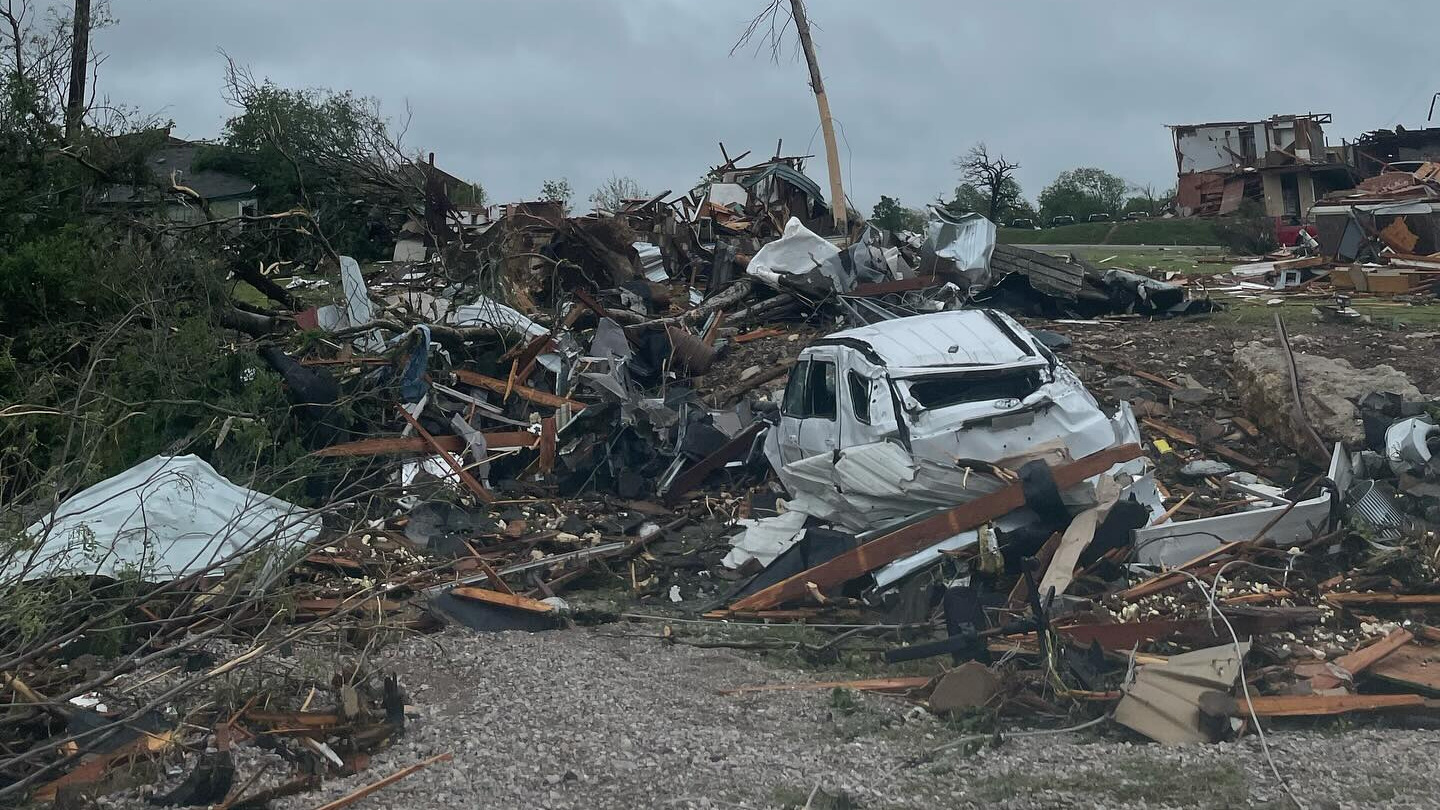For several years, many people in the U.S. have adopted the tradition of building an altar for the "Day of the Dead" or "Dia de los Muertos," partly due to the influence of the Disney movie "Coco." This holiday is celebrated across Mexico and some U.S. cities such as Los Angeles and New York.
Although it is a Mexican tradition that focuses on remembering our ancestors, it has a historical background that might interest you.
The Day of the Dead is celebrated on November 2. However, the celebration begins on October 27 and lasts until November 3. Here's a guide of how to pay tribute to your ancestors each day.
The original tradition of the "Mexica Culture" believed there is a process of birth and death. According to the Mexica vision, the soul leaves the body and travels through seven levels in the underworld or "Mictlan."
Get Connecticut local news, weather forecasts and entertainment stories to your inbox. Sign up for NBC Connecticut newsletters.
Each level represents an ordeal until reaching the ninth level where eternal rest would be achieved.
This is why an original traditional altar consists of seven levels, representing the seven Mexica destinations where the soul was believed to arrive. However, with the influence of Catholicism, they began to elaborate altars with two levels representing heaven and earth or three levels including a purgatory.
HOW TO MAKE AN ALTAR OF THE DEAD?
Even though the most important thing about an altar of the dead is the feeling behind it, here are some steps to take into consideration if you're planning to build an altar for the first time.
- Salt and white tablecloth: to represent purity, and salt as the purifying element for the souls to cross from their world to ours back and forward.
- Sugar and chocolate skulls: skulls represent death and sugar and chocolate represent sweet rest.
- Copal and incense: keep away evil spirits so that good souls can enter.
- Cempasúchil flowers: they are used to represent the sun because of their bright yellow color, they are placed as guides marking the path of the entrance to the altar, to guide the souls.
- Food: welcomes loved ones who visit with their favorite dishes.
- Photographs: pictures of loved ones that people hope will visit their altar (drawings or representations of them for ancestors or deceased without photographs are also important).
- The pan de muerto is a representation of affection for those who are no longer with us.
THE FOUR ELEMENTS IN THE ALTAR OF THE DEAD
A traditional Day of the Dead altar contains representations of the four natural elements: wind, water, fire and earth:
- Wind: paper cutouts
- Water: in a pitcher or glasses to quench the thirst of the souls
- Fire: candles
- Earth: flowers, fruit and bread
While the major celebration takes place on Nov. 1 and 2 in most Mexican regions, the Day of the Dead starts on Oct. 28
U.S. & World
OCTOBER 28
The first candle is lit and a white flower is placed to welcome the lost souls. People remember those who died tragically, due to violence or accidents.
OCTOBER 29
A candle is lit for the forgotten souls, those who no longer have anyone to pray for them.
OCTOBER 30 AND 31
A candle is lit for those who died without having been baptized, who died before birth, or very young. These days are dedicated to all children.
NOVEMBER 1
According to the National Institute of Anthropology and History of Mexico (INAH), "November 1 is All Saints' Day celebrating those who led an exemplary life, as well as children". One more candle is lit and preparations are made to welcome our ancestors on November 2.
NOVEMBER 2
The celebration includes various rituals, such as gravestone decoration and altar-making, which are held in cemeteries to help the souls transit from the underworld to earth.
WHY IS THE CEMPASÚCHIL FLOWER USED?
"Cempasúchil" is a Nahuatl word that means "flower of twenty petals". The Mexica used it for medicinal purposes and according to the pre-Hispanic cosmovision, its yellow color evoked the sun, serving as a light to guide the souls of the deceased from the cemetery to their homes.
WHAT IS 'PAN DE MUERTO?'
Pan de muerto is one of the most typical elements of the offering to the deceased. It is a sweet bread containing wheat flour, milk, egg, yeast, sugar, salt, butter and flavored with anise and orange.
According to the chronicle of Bernal Díaz del Castillo, a Spanish conquistador, the ritual included a maiden's sacrifice to the gods, and her still-beating heart was introduced into a pot with amaranth. Then the priest of the rite would bite the organ as a sign of gratitude.
The Spaniards rejected this type of sacrifice and elaborated a heart-shaped wheat bread bathed in sugar painted red to simulate the blood of the maiden.



